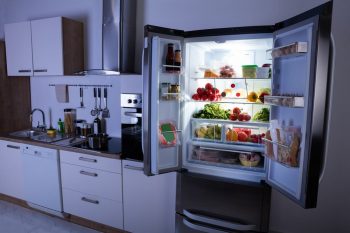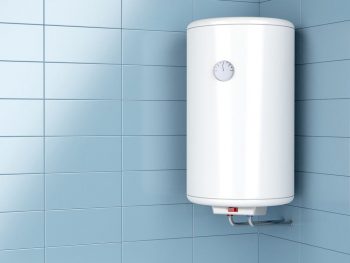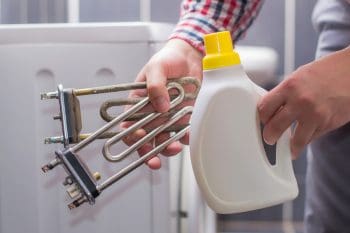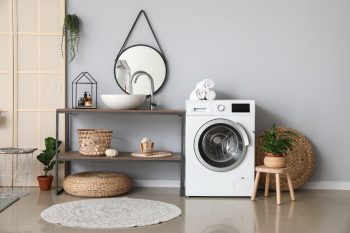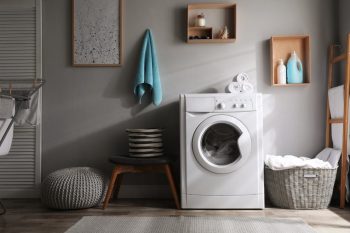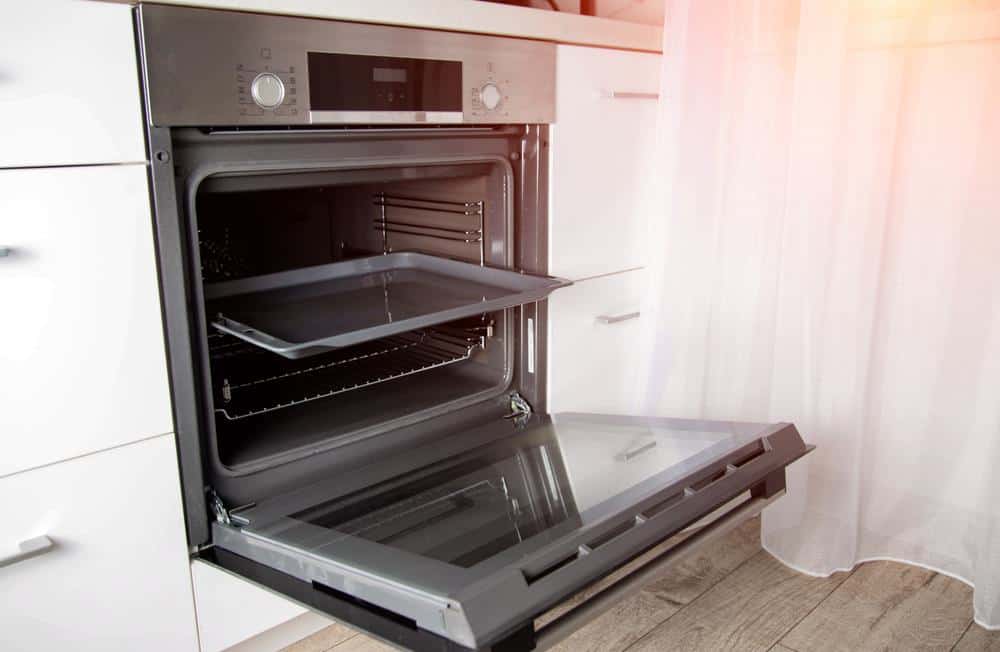
Small ovens, a ubiquitous presence in many modern kitchens, have been a game-changer for cooking enthusiasts and novices alike. They are compact, versatile, and energy-efficient, making them a popular choice for many households. However, you might be wondering, “What is a small oven called?” In this comprehensive guide, we delve into the world of small ovens, exploring their various types, key features, and benefits, as well as offering some maintenance tips and buying advice for those looking to invest in one.
A small oven is commonly referred to as a toaster oven in the home appliances industry. These are compact, electric countertop appliances that function as an oven-toaster hybrid, ideal for reheating leftovers, cooking frozen foods, toasting bread, and baking small batches. They are part of the small domestic appliances category, which also includes appliances like microwave ovens and kettles.
What is a Small Oven?
In the home appliances industry, a small oven is commonly referred to as a toaster oven. These are compact, electric countertop appliances that function as an oven-toaster hybrid. They are ideal for reheating leftovers, cooking frozen foods, toasting bread, and baking small batches. They are portable or semi-portable machines that fall under the small domestic appliances category, which also includes microwave ovens, kettles, toasters, humidifiers, food processors, and coffeemakers.
Different Types of Small Ovens
There are several types of small ovens available in the market, each with its own benefits and drawbacks. Some popular types include:
- Countertop ovens: Compact, self-contained cooking units that can be placed on a kitchen countertop or tabletop.
- Toaster ovens: Small ovens designed primarily for toasting bread and other baked goods but can also be used for baking, broiling, and reheating small portions of food.
- Convection ovens: These ovens use a fan to circulate hot air around the food, resulting in faster and more even cooking.
- Air fryer ovens: These ovens combine the functionality of a convection oven with an air fryer, allowing you to cook food with little or no oil.
- Combination ovens: These ovens combine the features of multiple appliances, such as a microwave, convection oven, and toaster oven, in a single unit.
- Mini ovens: Compact ovens designed for small kitchens or personal use.
Key Features to Look for in a Small Oven
When looking for a small oven, consider the following key features:
- Cooking functions: Look for an oven with multiple cooking functions such as bake, broil, toast, warm, reheat, and defrost.
- Size: Choose an oven that is big enough to fit the largest item you’ll cook.
- Temperature control: Opt for an oven with a wide range of temperature control to accommodate different cooking requirements.
- Convection feature: A convection feature uses a fan to circulate hot air inside the oven, resulting in more even cooking and faster cooking times.
- Energy efficiency: Small ovens generally use less power than full-size ovens, making them a more energy-efficient option.
- Ease of cleaning: Look for an oven with a design that is easy to clean, such as removable crumb trays and non-stick interiors.
Small Oven Vs Regular-Sized Oven
While small ovens and regular-sized ovens can perform similar tasks, there are several differences in terms of size, functionality, and energy consumption. Small ovens are compact, energy-efficient, and portable compared to regular-sized ovens, but they may have limited functionality and capacity. They are ideal for small kitchens or for preparing single dishes, while regular ovens are better suited for cooking multi-dish meals and larger quantities of food.
Top Brands That Manufacture Small Ovens
Some top brands that manufacture small ovens include Breville, Panasonic, Hamilton Beach, KitchenAid, Black+Decker, and Cuisinart. These brands offer a range of small ovens with various features, such as convection cooking, air frying, and digital controls, to suit different needs and preferences.
Maintenance Tips for Small Ovens
Regular maintenance of your small oven is crucial to ensure its longevity and optimal performance. This includes regular cleaning, inspecting the gas line or electrical cord, replacing damaged burners, and cleaning the exterior.
Conclusion
A small oven, or toaster oven, is a versatile and energy-efficient kitchen appliance that can make cooking more convenient and enjoyable. Whether you’re a seasoned chef or a novice cook, a small oven can be a great addition to your kitchen. Just make sure to consider factors like size, cooking functions, energy efficiency, and ease of cleaning when choosing the right model for you.
Frequently Asked Questions
What is the average lifespan of a small oven?
The average lifespan of a small oven, or toaster oven, can range from 5 to 8 years, depending on the brand, usage, and maintenance.
Can I use aluminum foil in a small oven?
Yes, you can use aluminum foil in a small oven, but it should never come in contact with the heating element or be used to cover the crumb tray.
Is it safe to leave a small oven unattended while cooking?
It’s not recommended to leave any oven, including small ovens, unattended while cooking. Always stay in the kitchen while your oven is in use to prevent potential accidents.
How often should I clean my small oven?
Ideally, you should clean your small oven after each use to prevent build-up of grease and food particles. However, a thorough cleaning should be done at least once a month.
Can small ovens replace a regular oven?
While small ovens can perform many of the same tasks as a regular oven, they may not completely replace a regular oven due to their smaller capacity. They are best used as a supplement to a regular oven, especially for smaller tasks or quick heating and reheating.

